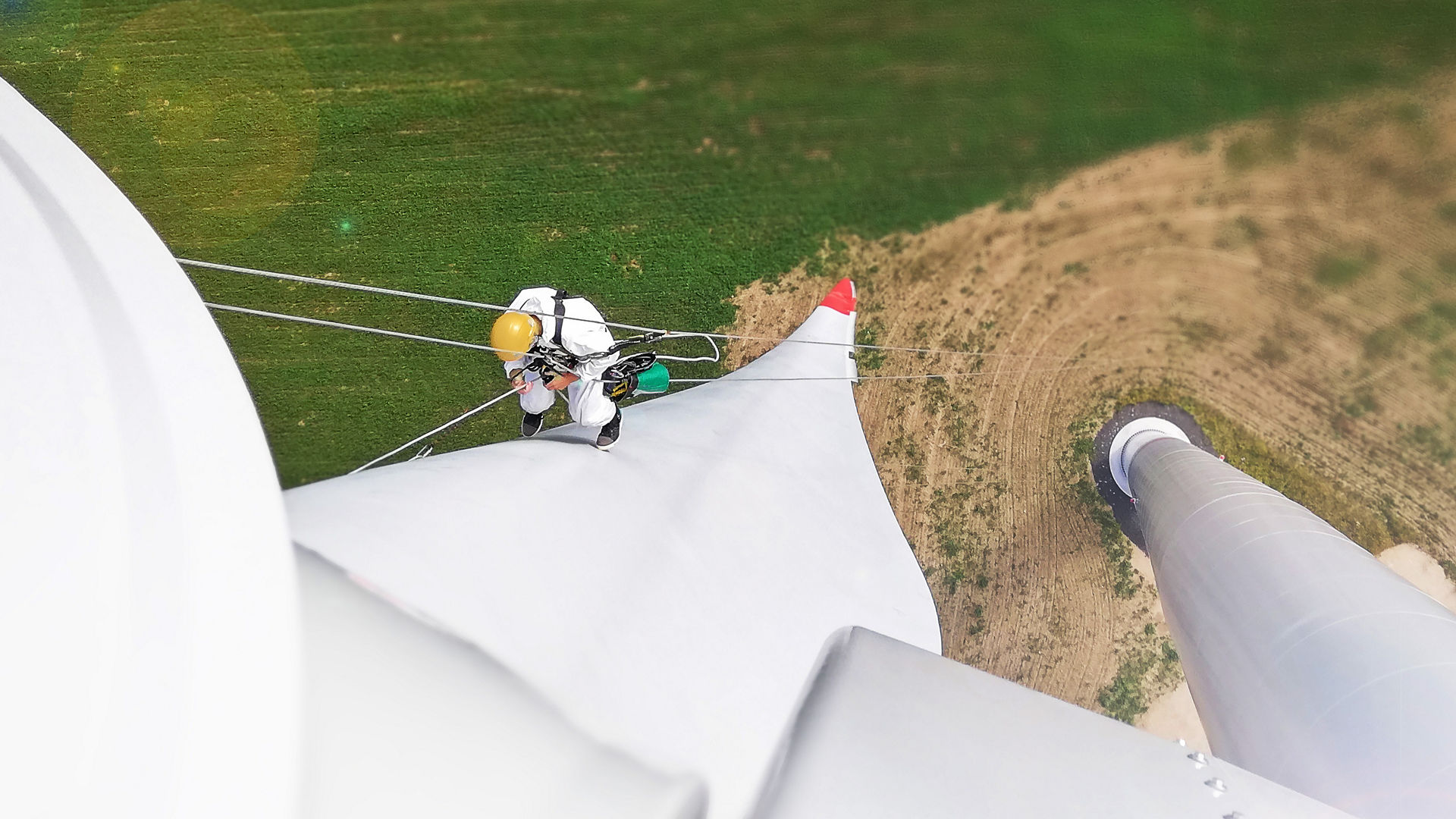Restoring Balance - Blade Balancing in Wind Turbines
Wind turbines frequently endure challenging operational conditions, leading to inevitable wear and tear on their blades. Proficient technicians can often address these issues through repairs, replacement becomes necessary only in cases of severe structural damage or when in-field repairs are next to impossible. Whether conducting extensive repairs or installing new blades, it's crucial to prioritize proper balancing. Imbalanced blades can lead to excessive vibrations, increasing the mechanical strain on critical components and compromising turbine efficiency.
The Importance of Detecting Imbalances
Prior to implementing corrective actions, technicians must accurately identify imbalances in the field. Imbalanced wind turbines display distinctive signs, including abnormal vibrations in gearboxes and bearings, reduced power generation, or heightened noise emissions from rotating blades. Through meticulous analysis of data gathered via an advanced monitoring system equipped with strain gauges, load cells, and comprehensive assessments of turbine performance, maintenance teams can precisely identify existing imbalances.
Counterweights and Ballasts – an Effective Solution
Balancing can be achieved by either adding additional weight to specific areas inside the blade, accessibility allowing, or by injecting high-density ballast materials from the exterior of the blade. This method involves incorporating specially designed compartments called balancing chambers, which can later be filled, within the blade structure.
This task is achieved by drilling a small hole from the exterior into the blade structure, leading into the balancing chamber. Subsequently, a specific liquid, known for its rapid-curing properties, is injected. Following the balancing procedure, the hole is sealed using fillers and coated anew with the topcoat. This injection of a liquid ballast system has proven to be an effective solution for quickly addressing blade imbalances.
The Sika Solution – a Fast and Precise Liquid Ballast System
SikaForce®-710 L30 presents an optimal solution for this purpose. Its well-balanced viscosity allows substantial injection without the risk of draining into undesired places or generating excessive heat. While many teams are accustomed to manually mixing materials and injecting them through piping bags, SikaForce®-710 L30 significantly streamlines this process. The simple 4:1 cartridge facilitates swift and precise mixing using the static mixer, followed by fast and precise injection.
The injection speed can be further increased by lowering the product’s viscosity by gently heating the cartridges to 40 °C, enabling an injection speed of 40 sec/ctr (~10 g/sec). Overall, the process becomes faster and cleaner without wasting material due to imprecise application. With the user-friendly SikaForce®-710 L30 cartridge, it is now much easier to achieve swift and dependable balancing. This innovation stands as a testament to Sika's ongoing commitment to crafting high-quality solutions that elevate the efficiency and precision of blade balancing in addition to other essential field repairs.
Key Advantages Include
- Turbine is back in operation within 1 hour
- Low exothermic heat that allows for high-volume injections
- Easy handling thanks to 415 ml cartridge
- High density reduces overall injection volume
Discover the Latest Pump Equipment Balancing System
Thanks to Sika's longstanding presence in the wind industry, our supply of balancing materials extends beyond service materials alone. In 2022, Sika also introduced SikaBiresin® F512, a high-density material (2.4 g/cm3) ideal for balancing from pump equipment in manufacturing sites.
To find out more about Sika’s solutions for blade balancing, contact our wind energy expert, Simon Leu at leu.simon@ch.sika.com.

